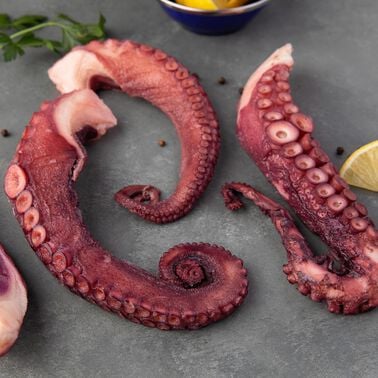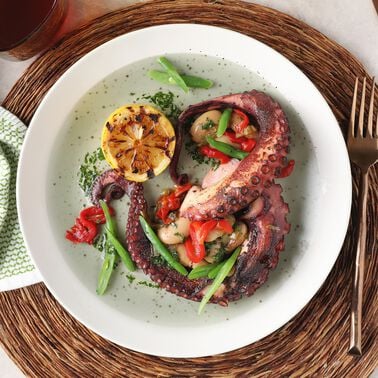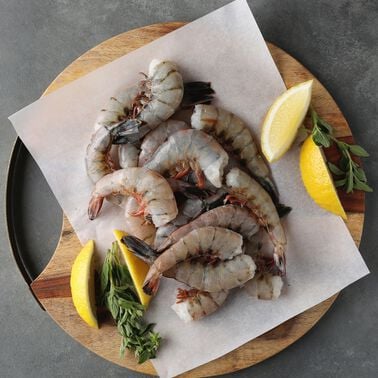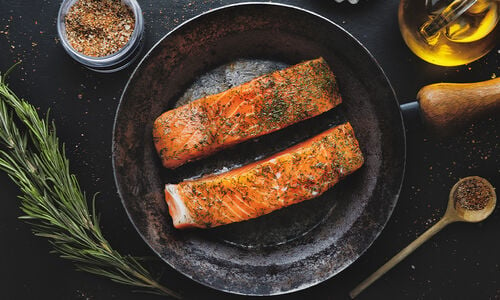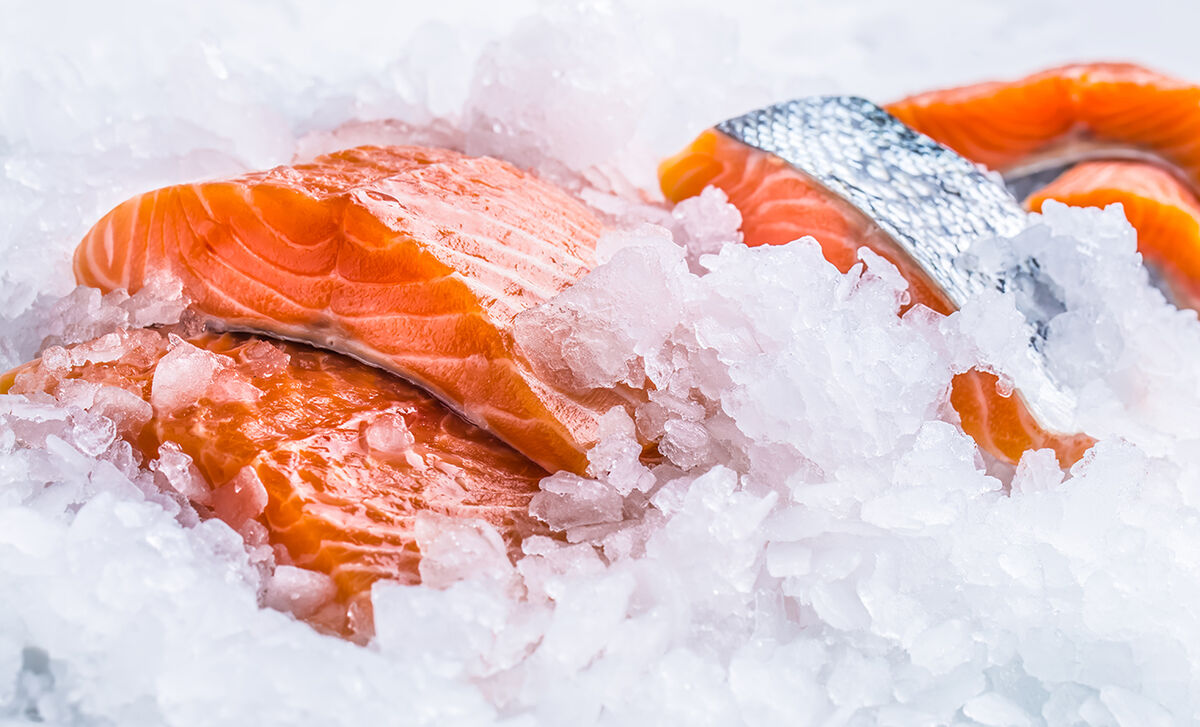
You may assume that fresh fish is more desirable, and it could be if you are lucky enough to be on the boat that caught the fish or to meet it on the shore. However, most of us enjoy fish far from the source, and that means frozen fish in many cases is more convenient. Paradoxically, it can also be fresher, because it is flash-frozen at sea on the boat, minutes after being caught. The specialized freezers used are much colder than the average home freezer and are designed to rapidly freeze fish and maintain the texture at the peak of its freshness. As a further benefit, the process also kills any bacteria or parasites.
Fresh fish presents certain sustainability issues. Due to its perishability, fresh fish must be transported by air and rapidly distributed. By the time you get it to your kitchen, the fish has taken a carbon-intensive journey and may not be so fresh anymore – or have a very limited window for consumption. Flash-frozen fish dramatically reduces carbon emissions from air transport and reduces waste because the quality is maintained.
So, the short answer is that frozen fish is actually better for the planet and for your family.
How Long Will Seafood Last in the Freezer?
Once you have the freezer stocked with your favorite cuts of fish, how long will they keep?
- Fatty fish like salmon and sea bass will last 3 to 6 months in the freezer.
- Lean fish like ahi tuna, cod, and mahi mahi will last 6 to 12 months.
- Shellfish like shrimp, scallops, and langoustines will last 6 to 12 months.
How to Thaw Fish
If you have the luxury of time, remove fish from the freezer the day before and thaw in the refrigerator. ALWAYS remove the frozen fish from the vacuum-sealed packaging in which it was shipped to allow the seafood to breathe. Allowing some air circulation around your seafood will help preserve the quality of flavor and texture. Skipping this step can lead to soggy fish, unpleasant odors, and unwanted sliminess. For best thawing results, follow the steps detailed below or download and save our defrosting guide here.
Once removed from packaging, place the seafood on a plate, or a tray lined with paper towels, skin side up if applicable. Then store it on the lowest shelf in the refrigerator. The paper towels will pull excess water out of the fish, helping to keep the texture firm and create the nice sear and skin crispiness we all want. For an even firmer texture, rest your seafood on a wire rack over the plate or tray so that the liquid drains down rather than pooling under the seafood.
Allow about 12 hours, and once thawed, give the seafood a good pat-down with paper towels to remove any remaining moisture before cooking.
If you are in a hurry, you may soak the unopened fish in cool water until it begins to soften. Again, remove fish from packaging, and place the items in a separate sealable bag, leaving a small air gap. Then submerge the fish under cool water. Do NOT place the fish directly in the water, or it will become waterlogged. Change the water every 30 minutes to keep it cool. Never use warm or hot water, as it can cook portions of the fish and is not safe.
The time this takes will vary with the size of the cut; assume anywhere from 20 minutes to 2 hours. Then remove fish from the package, rinse and pat dry. It can be cooked immediately or stored in the refrigerator for no more than 24 hours before cooking.
Refreezing Thawed or Partially Thawed Fish
Our quality seafood is shipped via recyclable, insulated packaging with non-toxic gel packs that will hold fish at its required temperature for 36 hours. In the case that any portion of your fish order arrives partially unfrozen, put it immediately in the freezer. It is safe and will not lose any of its flavor or quality.
